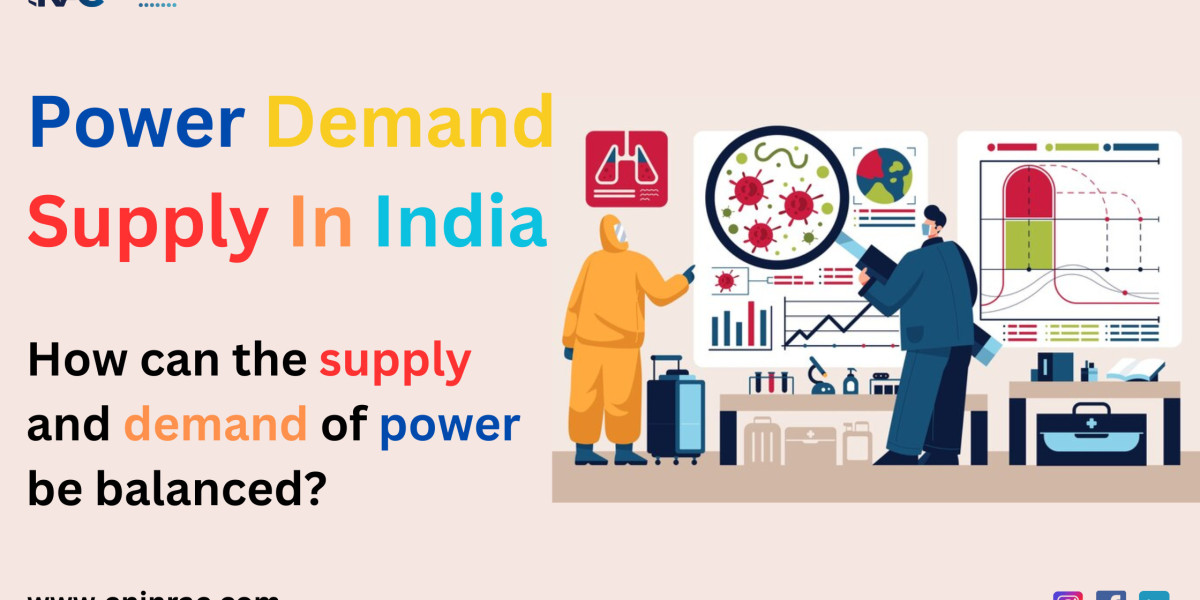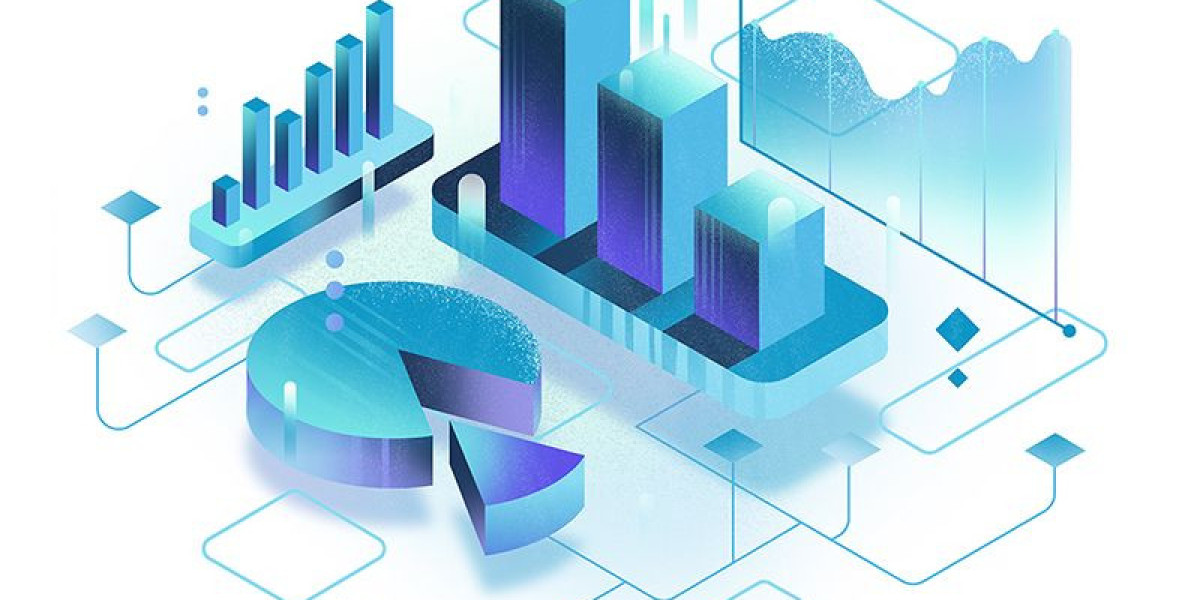In the realm of electricity, managing power supply and demand is a continuous feat. Consider a high-wire act, in which a constant supply of electricity must precisely satisfy users’ constantly-changing demands. Maintaining this careful equilibrium is essential to a dependable and effective power system. So, how can we pull off this seemingly unachievable feat?
Knowing the Supply vs. Demand Power Play
Power Source: The Engine of Power
There are numerous sources of electricity, and each has unique qualities:
Conventional Power Plants: While nuclear, coal, and natural gas are dependable energy sources, their sustainability and emissions are causes for concern.
Renewable Energy Sources: Depending on the weather, renewable energy sources like solar, wind, and geothermal energy can be intermittent but still clean and sustainable.
Hydropower: Dams use the flow of water to create electricity; they are a clean, dependable source of energy, but their location and environmental impact are constrained.
Power Demand: The Changing Environment
The amount of electricity used varies with the time of day, the season, and the year. Among the variables affecting demand are:
Time of Day: People use appliances like air conditioners and heaters most in the morning and evening, when usage is at its highest.
Weather: Demand for heating and cooling is greatly impacted by hot and cold temperatures.
Industry: The power requirements of manufacturing facilities are high and stable.
The Problem of Imbalance: When the Seesaw Sways
When supply and demand are out of balance, problems arise:
Power Outages: Brownouts or blackouts may happen when supply cannot keep up with demand.
Wasted Energy: When supply exceeds demand, excess energy may be squandered or need costly management techniques.
Price Fluctuations: Unbalances can lead to considerable variations in the cost of electricity.
Scaling Up and Down: Methods for a Stable Grid
Planning and Forecasting: Making Future Predictions
Advanced Metering Infrastructure (AMI): By giving real-time data on electricity consumption, smart metres help improve demand forecasting.
Weather Forecasting: Forecasting weather patterns enables one to foresee shifts in demand brought on by extremely high or low temperatures.
Controlling the Input Side: Optimising the Power Plant
Dispatching Power Plants: Using the most efficient sources possible, power plants are operated as efficiently as possible to meet anticipated demand.
Demand Response Programs: Use dynamic pricing or rebates to encourage customers to use less electricity during peak hours.
Energy Storage: During periods of low production, storing excess energy from renewable sources—such as pumped hydro storage—helps fill in the gaps.
Demand Side Management: Encouraging Customers
Smart appliances are those that, in response to user preferences and demand, automatically modify how much energy they use.
Programs for Energy Efficiency: Demand can be greatly decreased by supporting energy-efficient appliances and construction techniques.
Time-of-Use Pricing: Encouraging customers to move energy-intensive tasks to after-hours when power is more affordable and accessible.
Technology’s Part in a Smarter Grid for a Better Future
The balance between the supply and demand of power is being largely determined by technological advancements:
Smart Grids: These systems maximize energy flow and boost dependability by using two-way communication between utilities and customers.
Artificial intelligence (AI): AI has the capacity to evaluate enormous volumes of data in order to forecast demand trends and instantly improve grid performance.
Blockchain Technology: Blockchain can facilitate peer-to-peer energy trading by enabling safe and transparent energy transactions between suppliers and customers.
The Path Ahead: A Sustainable Electricity Future
Although balancing the supply and demand of power is a constant challenge, technological advancements and creative solutions are helping us move toward a more resilient and sustainable power grid. To build a more intelligent and adaptable energy ecosystem, the secret is to integrate renewable energy sources, empower consumers, and make use of technology. We can guarantee a dependable and sustainable power supply for future generations by achieving this balance.















